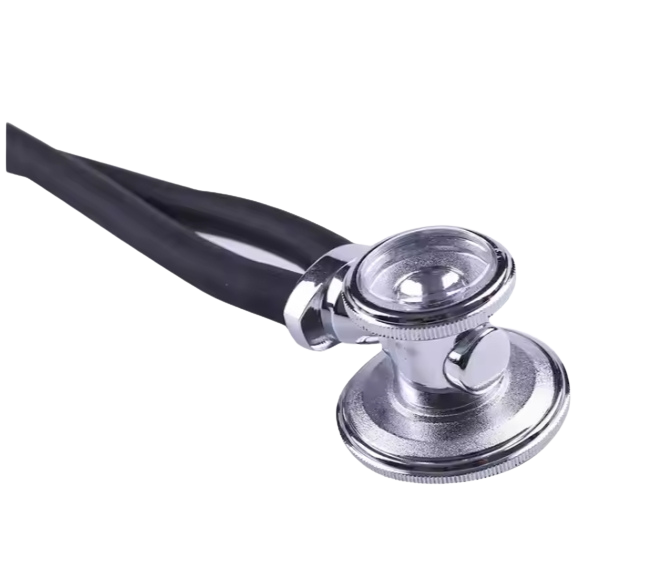Digital vs. Analog Stethoscopes: Choosing the Best Option for Veterinary Use
10/2/20241 min read


Understanding the Basics
When it comes to veterinary practices, having the right tools can make a significant difference in diagnosing and treating animals. One of the key instruments is the stethoscope, which comes in two primary forms: digital and analog. Understanding the differences between these two types can help veterinarians make informed choices about which equipment will meet their needs.
Advantages of Digital Stethoscopes
Digital stethoscopes have gained popularity in veterinary use due to their advanced features. These stethoscopes often include amplifying capabilities that enhance sound clarity, making it easier to identify subtle heart and lung sounds in animals. Additionally, many digital models come equipped with recording functions and the ability to transmit sounds directly to a computer or mobile device for further analysis. This is especially useful when consulting with colleagues or specialists remotely.
Benefits of Analog Stethoscopes
On the other hand, analog stethoscopes remain a reliable choice for many veterinarians. They are generally more affordable, require no batteries, and are easier to maintain. Analog models provide a level of tactile feedback that some practitioners prefer, allowing them to gauge the quality of sounds they are listening to. Furthermore, these stethoscopes are less prone to technical issues, making them a dependable choice in various settings, including fieldwork.
Making the Right Choice
Ultimately, the choice between digital and analog stethoscopes for veterinary use comes down to personal preference and specific clinical requirements. Factors such as the type of animals treated, the complexity of conditions encountered, and budget considerations will all play a role in this decision. Veterinarians should weigh the advantages of sound clarity and technology from digital models against the reliability and simplicity of analog ones.
In conclusion, whether opting for a digital or analog stethoscope, both tools have their unique merits. Investing in the right stethoscope can enhance diagnostic capabilities and improve patient outcomes in veterinary practice. By carefully evaluating the needs and preferences, veterinarians can choose the tool that best fits their practice and enhances their day-to-day operations.
© 2024. All rights reserved.
